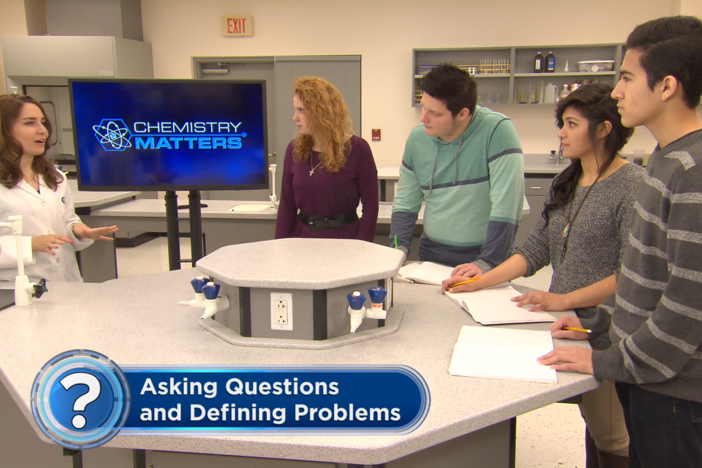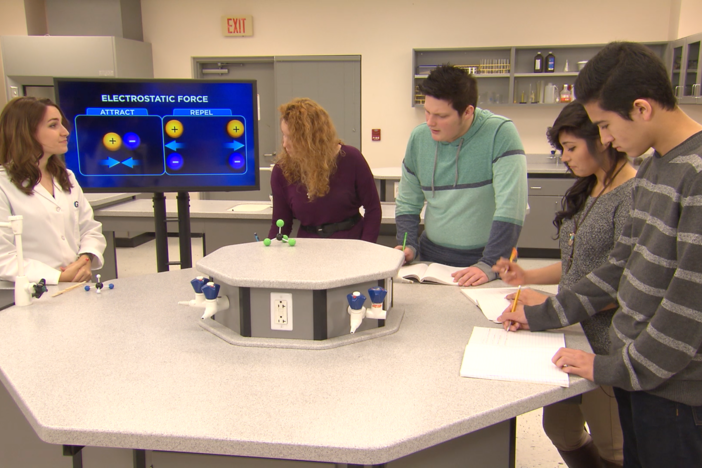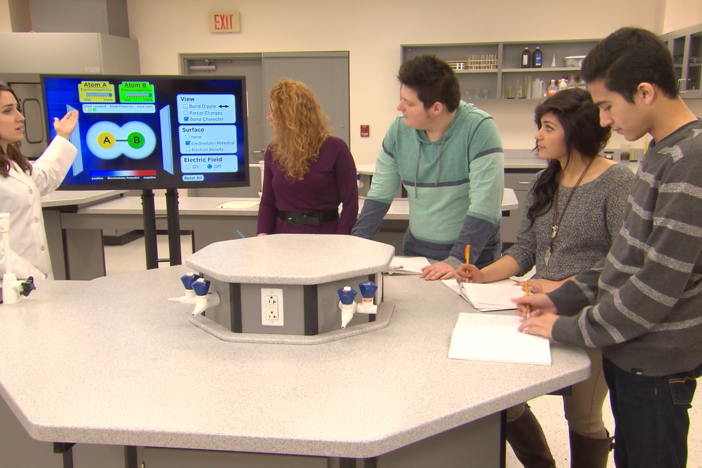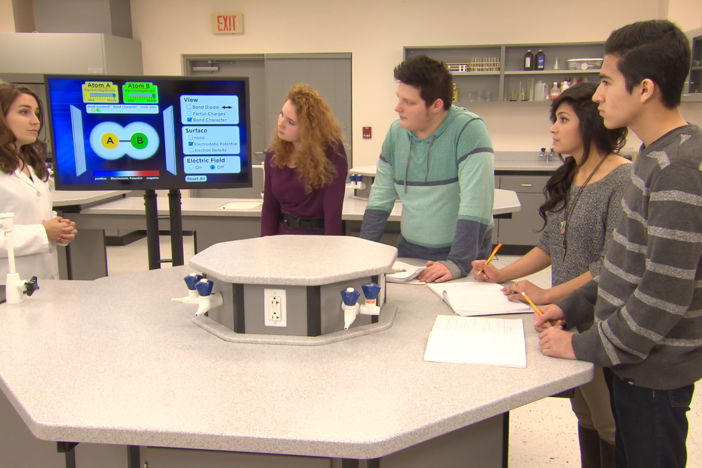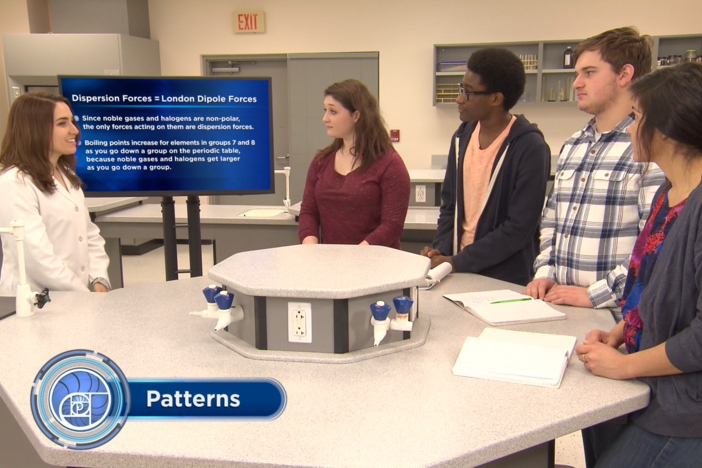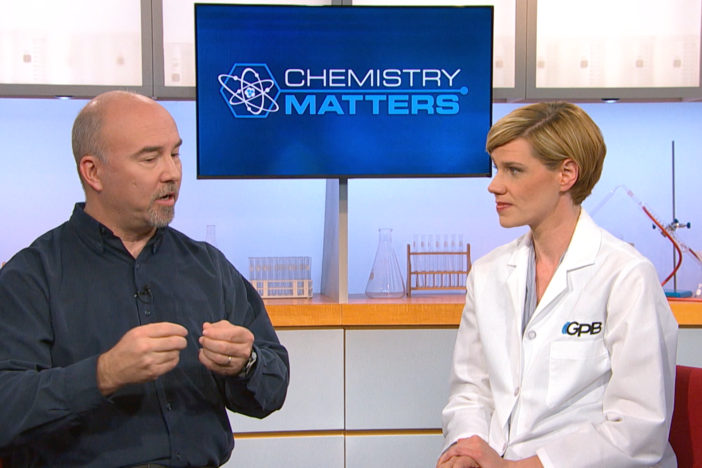Segment A: Introduction to Bonding
This segment introduces the concept of chemical bonding and explores chemical changes using the ingredients found in taco sauce as a model.
Segment A: Introduction to Bonding
This segment introduces the concept of chemical bonding and explores chemical changes using the ingredients found in taco sauce as a model.
Science
Obtain, evaluate, and communicate information about the chemical and physical properties of matter resulting from the ability of atoms to form bonds.
Develop and use models to evaluate bonding configurations from nonpolar covalent to ionic bonding.
Obtain, evaluate, and communicate information to explain how atoms bond to form stable compounds.
Analyze and interpret data to predict properties of ionic and covalent compounds.
adhesion - the tendency of molecules to stick to substances that are dissimilar.
anion - a negatively charged ion.
cation - a positively charged ion.
chemical bond - an electrical interaction between the positively charged nuclei and the negatively charged electrons of atoms that forms when the force of attraction is stronger than the force of repulsion.
cohesion - the action or property of like molecules sticking together, being mutually attractive.
covalent bond - a bond in which pairs of electrons are shared between atoms, instead of being transferred from one atom to another.
double covalent bond - a bond in which atoms share two pairs of electrons.
electronegativity - the ability of an atom to attract additional electrons.
electrostatic force - a force in which oppositely charged particles are attracted to each other, while like charges repel each other.
intermolecular forces - the attractive forces acting between molecules.
intramolecular bond - a bond that is occuring within a molecule.
ion - an atom with a positive or negative charge.
ionic bond - a bond that occurs between atoms, through the transfer of electrons, when a positively charged atom and negatively charged atom are attracted to one another.
molecule - a group of atoms that have chemically bonded and behave as an individual unit.
nonpolar covalent bond - a bond that forms between atoms in which their electrons are shared equally.
octet rule - when an ion or an atom has eight valence electrons, it is at its most stable electron configuration.
polar covalent bond - a bond in which electrons are shared unequally between atoms.
single covalent bond - a bond in which atoms share only one pair of electrons.
triple covalent bond - A bond in which atoms share three pairs of electrons.
valence electrons - the electrons found in the outermost electron shell of an atom.
The Chemistry Matters teacher toolkit provides instructions and answer keys for labs, experiments, and assignments for all 12 units of study. GPB offers the teacher toolkit at no cost to Georgia educators. Complete and submit this form to request the teacher toolkit. You only need to submit this form one time to get materials for all 12 units of study.
